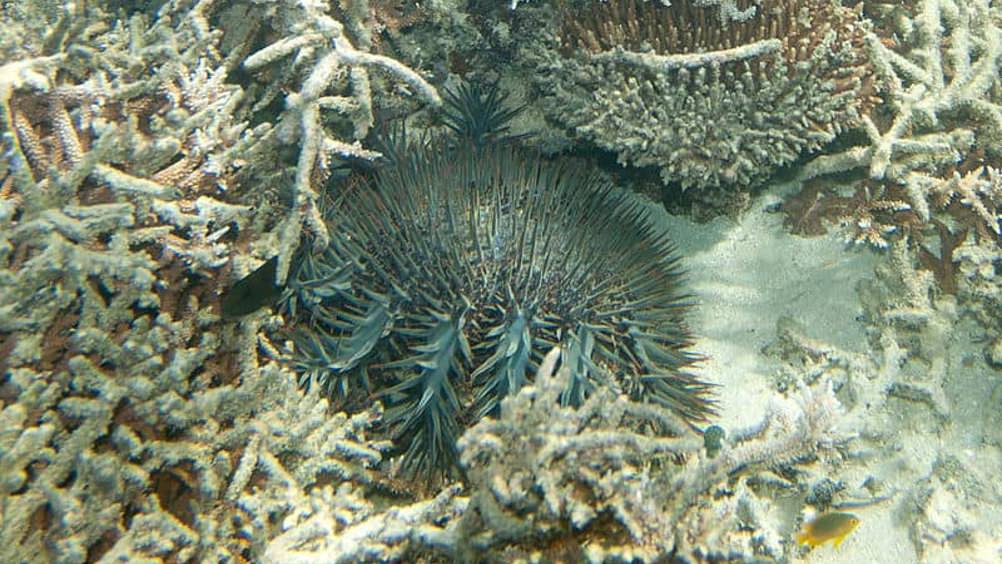Robot to save Barrier Reef from starfish vandalism
Queensland University of Technology roboticists have developed COTSbot, the world’s first robot designed to control populations of crown-of-thorns starfish on the Great Barrier Reef.

According to QUT, crown-of-thorns starfish (COTS) are responsible for an estimated 40 per cent of the reef’s total decline in coral cover. To counter this, roboticists have spent the last six months developing and training the robot to recognise COTS among coral in order to reduce the damage they cause.
Dr Matthew Dunbabin from QUT’S Institute for Future Environments, said the COTSbot is equipped with stereoscopic cameras to give it depth perception, five thrusters to maintain stability, GPS, pitch-and-roll sensors and a unique pneumatic injection arm to deliver a fatal dose of bile salts.
The roboticists believe COTSbot is the first autonomous underwater vehicle to be equipped with an injection system. It’s also designed to operate exclusively within a metre of the seafloor, one of the most challenging environments for any robot.
Dr Feras Dayoub, from QUT’S Science and Engineering Faculty who designed the COTS-detecting software, said the robot would continue to learn from its experiences in the field.
Register now to continue reading
Thanks for visiting The Engineer. You’ve now reached your monthly limit of news stories. Register for free to unlock unlimited access to all of our news coverage, as well as premium content including opinion, in-depth features and special reports.
Benefits of registering
-
In-depth insights and coverage of key emerging trends
-
Unrestricted access to special reports throughout the year
-
Daily technology news delivered straight to your inbox










Water Sector Talent Exodus Could Cripple The Sector
Maybe if things are essential for the running of a country and we want to pay a fair price we should be running these utilities on a not for profit...